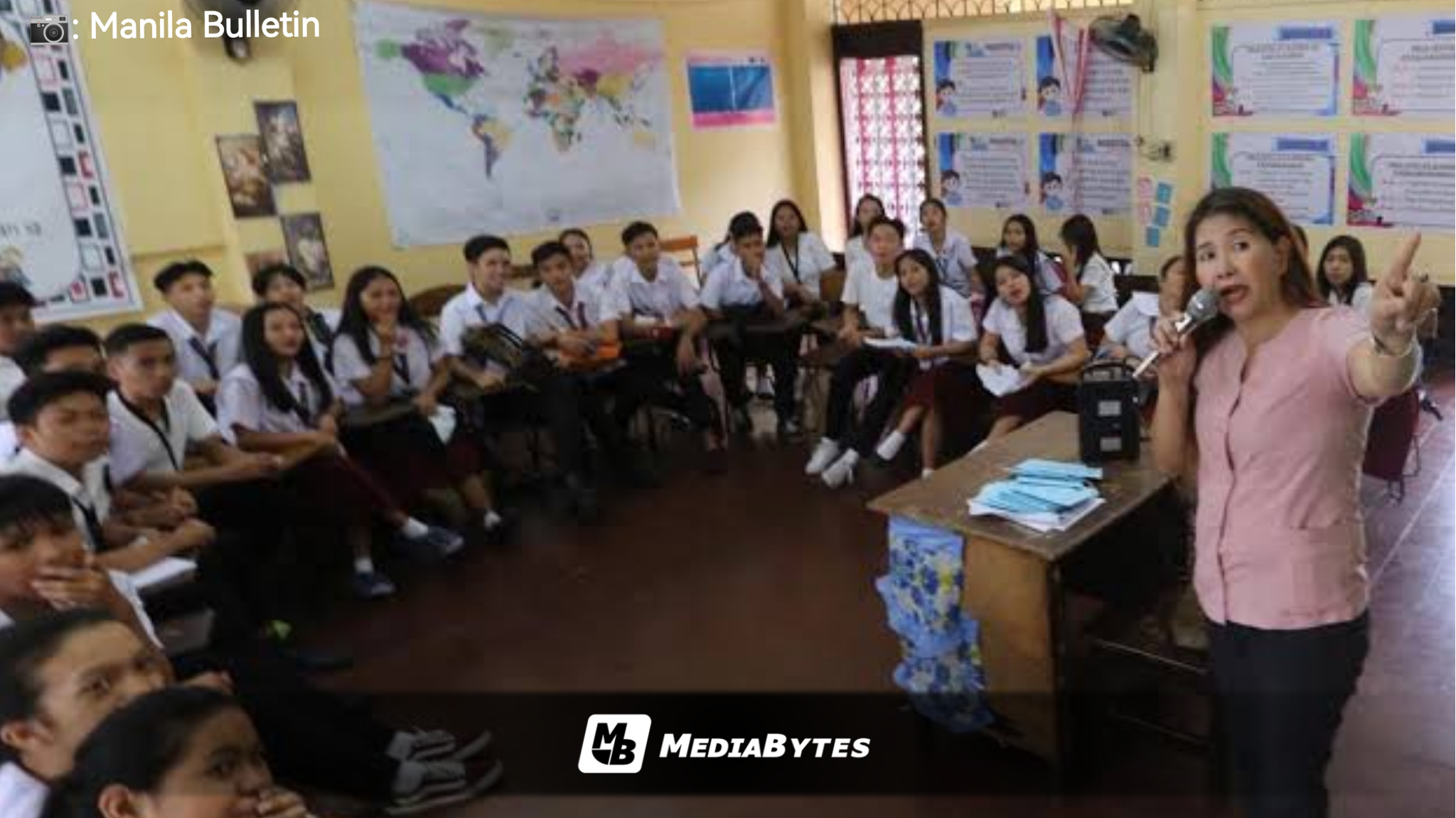
Three years into President Ferdinand Marcos Jr.’s administration, education remains a top national priority. With schools fully reopened after the COVID-19 pandemic, the government has focused on learning recovery, digital transformation, and structural reforms. Yet despite policy efforts, deep-rooted challenges—such as low learning outcomes, overcrowded classrooms, and teacher shortages—continue to hinder progress.
📚 BACK TO SCHOOL: LEARNING RECOVERY AND RESUMPTION
In-person classes fully resumed in late 2022 after two years of remote and hybrid learning due to the pandemic.
The Department of Education (DepEd), under Vice President and Secretary Sara Duterte, rolled out the MATATAG Curriculum in 2023 to focus on foundational skills, reduce congestion in the K–10 curriculum, and address declining literacy and numeracy levels.
Catch-up learning programs and remedial classes were launched in public schools to address learning losses, particularly among early grade learners.
💻 DIGITALIZATION AND INFRASTRUCTURE GAPS
The administration promoted the use of blended learning, EdTech platforms, and digital classrooms through partnerships with private sector and LGUs.
However, limited internet connectivity, insufficient learning devices, and poor school infrastructure remain major barriers, especially in rural and remote areas.
The Last Mile Schools Program was continued to reach underserved communities, but progress was uneven.
👩🏫 TEACHER WELFARE AND WORKFORCE DEVELOPMENT
Salary increases under the Salary Standardization Law continued, but teachers still called for additional support, workload reduction, and benefits.
The administration invested in teacher training aligned with the new curriculum and digital tools.
Despite these efforts, many public school teachers report burnout due to large class sizes and administrative burdens.
📊 LEARNING OUTCOMES AND GLOBAL RANKINGS
The Philippines continues to rank near the bottom in international assessments:
PISA 2022 showed only modest improvements, with Filipino students still lagging in reading, math, and science.
National Achievement Test (NAT) scores remain low, prompting calls for a more intensive focus on basic education quality.
🏫 TERTIARY EDUCATION AND TVET
The implementation of the Free Higher Education Law continued, benefiting students in state universities and colleges (SUCs).
The Technical Education and Skills Development Authority (TESDA) expanded scholarship and skills training programs to align with labor market demands.
Student financial aid programs were maintained, though delays and funding shortfalls were reported.
🎯 POLICY DIRECTIONS AND REFORMS
President Marcos Jr. has repeatedly emphasized the importance of education in nation-building. His administration vowed to:
Fully implement the MATATAG Agenda to improve foundational learning.
Increase budget allocations for classrooms, learning materials, and digital infrastructure.
Promote values education, discipline, and civic responsibility in schools.
Re-assess the K–12 system to make it more responsive and career-ready.
Education under President Marcos Jr.’s first three years focused on recovery, reform, and realignment. While there are steps in the right direction—such as curriculum overhaul and digital initiatives—the impact remains limited due to structural challenges.
As the administration enters its second half, the task is clear: ensure that every Filipino child not only returns to school but also truly learns and thrives.



